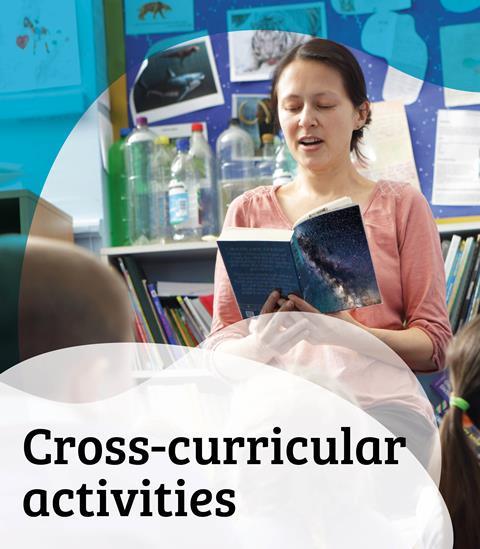The ‘Insulation and conduction’ chapter from That’s Chemistry!: This chapter looks at key ideas and activities that can be used to help students learn how materials have different properties, including whether they are conductors or insulators of heat and/or electricity.
These pdfs have been taken from the popular book That’s Chemistry!, compiled by Jan Rees.
This book covers key ideas of physical science that primary students learn about, as well as giving numerous suggestions of activities, demonstrations and investigations that can be used to enhance students’ learning.
If you teach primary science, see the headings below to find out how to use this resource:
Skill development
Children will develop their skills in working scientifically by:
- Asking their own questions about scientific phenomena.
- Selecting and planning the most appropriate ways to answer questions, including:
- Researching using a wide range of secondary sources of information;
- Grouping and classifying items;
- Carrying out comparative and fair tests.
- Recording data and results using scientific diagrams and labels, classification keys, tables, scatter graphs, bar and line graphs.
- Drawing conclusions and raising further questions to be investigated, based on their data and observations.
- Using appropriate scientific language and ideas to explain, evaluate and communicate their methods and findings.
Learning outcomes
Children will:
- Compare and group together everyday materials on the basis of their properties, including their hardness, solubility, transparency, conductivity (electrical and thermal) and response to magnets.
Concepts supported
Children will learn:
- What is meant by the terms insulation and conduction.
- That different materials have different properties, including whether a material is a good insulator or conductor.
- That the properties of a material can affect its suitability for a particular purpose.
- That good thermal conductors are generally good electrical conductors.
Suggested activity use
You can use this resource as a long-term planning tool to map out potential activities to help children build an understanding of materials and their properties, including insulation and conduction. The resource provides practical experiences for children to embed their knowledge and understanding.
The concept cartoons provide opportunities for children to reason and discuss their ideas, either as a hook at the start of the topic or as a means to show how their knowledge and understanding has improved.
Practical considerations
You should be clear about what you want children to learn as a result of carrying out a particular activity or activities.
Different equipment is needed for the various activities, which will need to be provided in order for children to carry out the task.
Downloads
Insulation and conduction
PDF, Size 16.6 mbBibliography and teachers resources
PDF, Size 2.53 mbConcept cartoons on materials and their properties
PDF, Size 0.67 mb
Websites
That’s Chemistry!

Discover the informative chapters of That’s Chemistry! Each chapter explains a chemistry concept and gives numerous ideas for activites to support students’ learning.
- 1
- 2
- 3
- 4
- 5
- 6
 Currently
reading
Currently
reading
Insulation and conduction: thermal and electrical insulation and conduction
- 8
- 9
- 10
- 11
- 12
- 13





































No comments yet